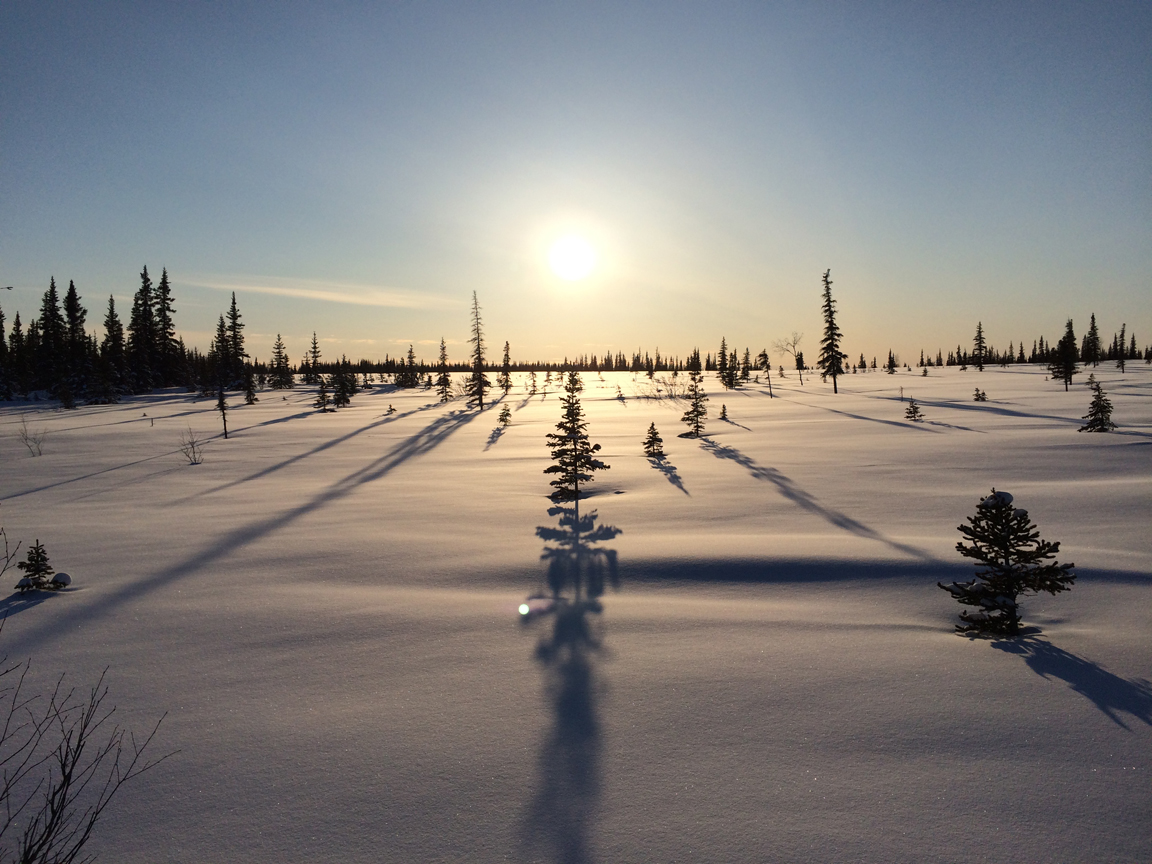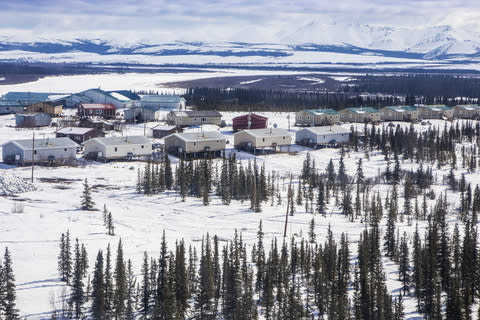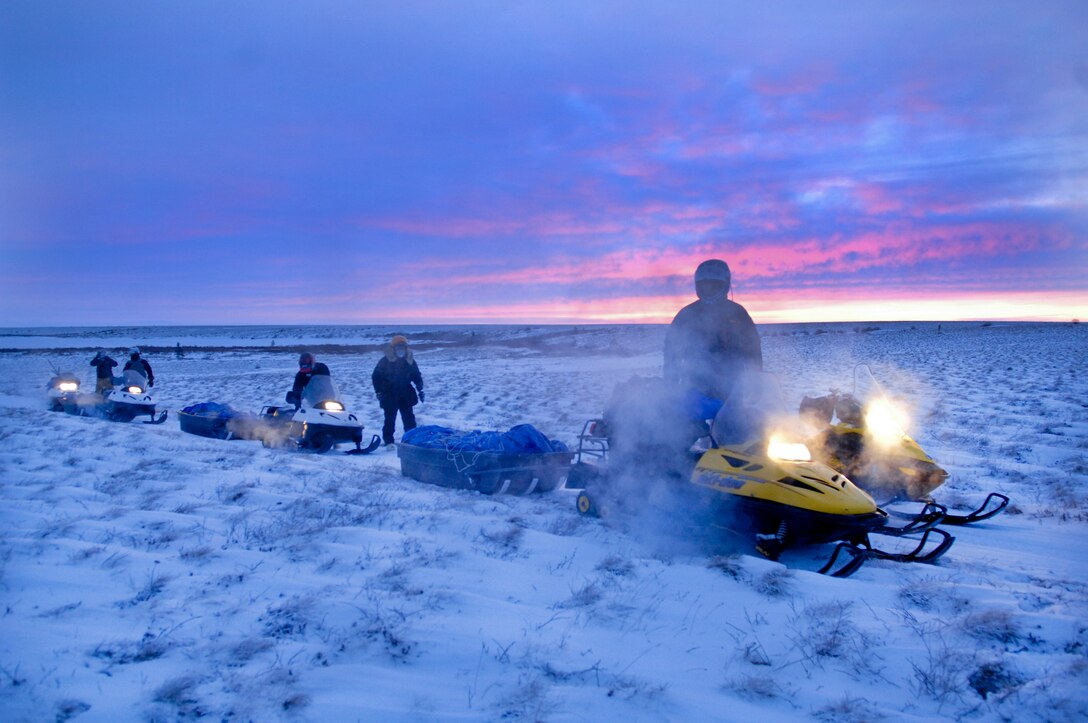Butch decided that the only way out of the camp was to take one of the snow machines. It was too cold. All his attempts to start it failed. He then took off by foot, following a snowmobile trail to the Kobuk River. On January 25, 1970, two hunters were flying in the vicinity, searching for wolves. They noticed a “dark object” by the river and, on flying closer to the ground, realized it was a man. At first, the man raised his hands to catch their attention; then, almost at once, the figure collapsed onto the snow.

The pilot landed the ski plane and he and his passenger, a doctor, taxied up and approached the man. Butch weakly revealed his identity. It was then that the two Samaritans realized he was quite young. His clothing was blood spattered. As Robin Barefield relates the story, Butch stumbled as he walked toward the plane. By then, he had told his rescuers that he was from Kiana. And that three men were dead in the camp by the river.
Flight to Kiana
The two men flew Butch to a clinic in Kiana and then, while Butch was being treated, the wolf hunters called the Alaska State Troopers. Trooper Bob Boatright and Kotzebue Police Chief William Stevens arrived in Kiana that evening. It was too dark to return to the Kobuk river campsite, so Boatright instead opted to interview Butch. According to Boatright,
Norman was still under shock. He was cold, he was shivering, and all he could indicate to me was that his name was Norman Johnson and that he had been up at a camp where there had been a shooting and he didn’t recall too much more of what happened.
Alaska State Trooper Bob Boatright

Tensions Rising
The following day Boatright talked to Norman again. This time Boatright found Norman to be “calm and able to converse without any trouble.” During this interview, Norman related an exculpatory tale concerning the events of his hunting trip with Jackson, Henry and Arnold. Butch told the officers that a stranger stopped by the hunting camp and, after some initial conversation, a fight ensued. The stranger eventually drove away in his snow machine — but on his return started shooting the tent. Butch said he managed to survive by hiding in the bush.
In Kiana, meanwhile, tensions were rising. Three of their friends were dead. Their animosity was aimed toward any and all of the white villagers in town. Trooper Boatright told Butch and his father to leave the village at once. And to fly to Anchorage for further questioning.

During the course of the next day’s interview, Trooper Sgt. Bill Nix openly called Butch a liar. He said the men were not shot by another Native man, and told Butch it was time to tell the truth. It took troopers less than two minutes to break Butch. In a videotaped interview, Norman voluntarily confessed to having committed the shootings at the camp.
A Massacre
That wasn’t all. When troopers reached the campsite, they learned that Butch had not initially managed to kill all the men.
As they reconstructed the homicides, they found that Johnson fired at least 10 shots from at least two rifles; that the shots showed aim, “as judged by the terrible destruction of life, by the patterns of holes in the tent and in the victims, and by the shot which struck Freddy Jackson as he emerged wounded from the tent.” Finally, the pattern of shots showed that Johnson changed his position, to make sure everyone was not only shot but dead.
Copyright Leland E. Hale (2022). All rights reserved.

Order “What Happened In Craig,” HERE and HERE. True crime from Epicenter Press.